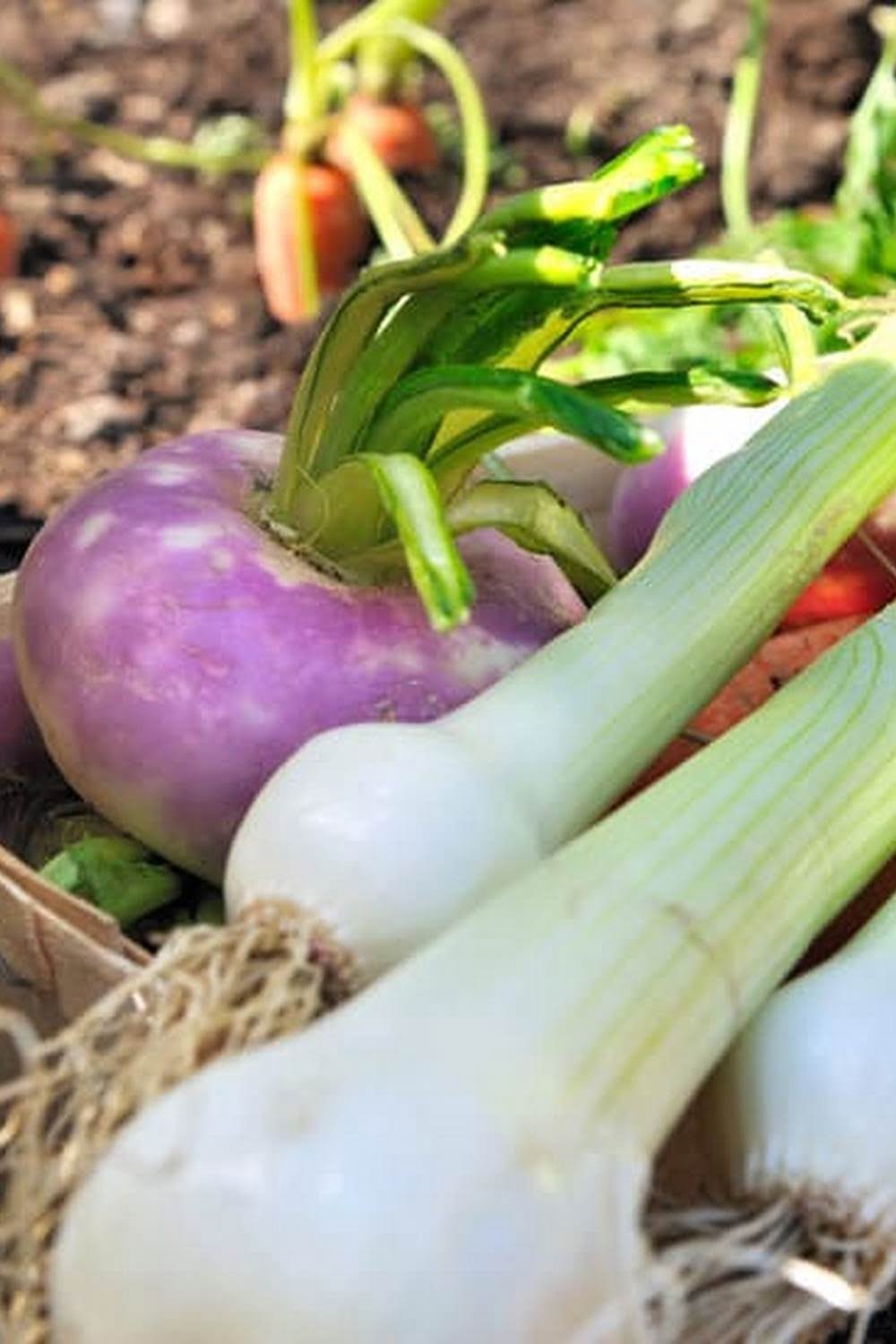How Deep Does A Raised Vegetable Garden Need To Be
?
When it comes to vegetable gardening, there are a few things you need to take into account before getting started. One of the most important decisions you’ll make is how deep to make your garden.
The depth of your garden is important because it affects how much soil you’ll need, and how much water your plants will get. The deeper your garden is, the more soil you’ll need, and the less likely your plants are to dry out.
However, if your garden is too deep, you’ll have a harder time reaching the plants in the back, and it will be harder to work the soil. So, how deep does a raised vegetable garden need to be?
In general, a garden depth of 8-10 inches is ideal. This will give you plenty of soil to work with, while still making it easy to reach the plants in the back. If you’re using raised beds, make sure the sides are at least 8 inches high, so you can add enough soil.
If you’re not using raised beds, you’ll need to loosen and amend the soil to a depth of at least 8 inches. This can be done with a shovel, spade, or rototiller. Once the soil is loosened, add a 2-4 inch layer of organic matter, such as compost, manure, or peat moss.
Then, mix the organic matter into the soil, and rake it level. Add more soil as needed, until the garden depth reaches 8-10 inches. Water the garden well, and let the soil settle for a few days before planting.
With these tips, you can create a beautiful and bountiful vegetable garden, that will provide you with fresh produce all season long.
Vegetable Garden Ideas Designs Raised Gardens
and
Planters
There are many different ways to create a vegetable garden. Some people prefer to plant their vegetables in a traditional row formation, while others prefer to use raised gardens or planters. No matter which method you choose, there are some basic tips that will help you to be successful.
When planting in a traditional row formation, make sure that the vegetables are spaced far enough apart so that they can grow properly. Be sure to check the recommended spacing for each vegetable. Some vegetables, such as tomatoes, should be spaced at least 18 inches apart.
If you are using a raised garden or planter, be sure to use a soil mix that is high in organic matter. This will help to ensure that your vegetables have the nutrients they need to grow. You can either mix your own soil or purchase a pre-mixed soil.
When planting in a raised garden or planter, be sure to water the vegetables frequently. This is especially important during the early stages of growth. Once the vegetables are established, they will be able to withstand dry periods.
If you are using a traditional row formation, be sure to mulch the vegetables. This will help to keep the soil moist and will also help to keep the weeds under control.
When choosing vegetables for your garden, be sure to choose varieties that are suited for your climate. Some vegetables, such as tomatoes, are best grown in warm climates. Other vegetables, such as carrots, are best grown in cooler climates.
Be sure to choose vegetables that you will enjoy eating. This will help to ensure that you will actually eat the vegetables that you grow.
By following these basic tips, you can create a successful vegetable garden using any of the three methods mentioned above.
How To Fill Raised Vegetable Garden Beds
So you have decided to take the plunge into the world of raised vegetable garden beds. Congratulations! You are making a wise decision that will improve your gardening experience and likely increase your yield. One of the questions you may have is how to fill the raised vegetable garden beds.
There are a few things you need to take into account when filling your raised vegetable garden beds. The first is the type of soil you will be using. You will want to use a soil that is light and fluffy, yet still rich in nutrients. You can buy soil specifically for raised beds, or you can mix your own. If you are mixing your own, be sure to use a soil testing kit to determine the pH level and nutrient levels of your soil.
Once you have the right soil, it is time to fill your raised vegetable garden beds. The easiest way to do this is to fill the beds gradually, adding a layer of soil, then planting your plants, then adding another layer of soil. This will help to ensure that the plants have good contact with the soil and that the soil is well-mixed with the organic matter from your plants.
If you are using a soil mix that is not pre-made, you will need to wet it down before filling your raised vegetable garden beds. This will help to prevent the soil from becoming packed down and will help to keep the soil loose and friable.
Once your raised vegetable garden beds are filled, it is important to keep them well-maintained. Be sure to water your plants regularly, and add compost or organic matter to the soil to keep it healthy and fertile.
Raised Vegetable Garden Border Ideas
When you think about it, there’s really no reason why your garden should be limited to just flowers and plants. If you’re looking to add a little bit of variety to your outdoor space, consider adding a raised vegetable garden border. Not only will this add some much-needed functionality to your garden, but it can also be a great way to add some extra visual interest.
There are a number of different ways that you can go about creating a raised vegetable garden border. Perhaps the simplest option is to simply use a raised garden bed. These can be purchased at most home improvement stores, or you can even make your own if you’re feeling a little bit more adventurous. If you’re looking for a more permanent solution, you could also consider installing a stone or brick border around your garden. This will not only help to keep the soil in place, but it will also add some extra visual interest to your garden.
No matter what type of raised vegetable garden border you choose to use, there are a few things that you’ll want to keep in mind. First and foremost, you’ll want to make sure that the border is tall enough to keep the soil in place. You also want to make sure that the border is wide enough to accommodate the plants that you plan on growing. Finally, you’ll want to make sure that the border is in a location that gets plenty of sunlight.
If you’re looking for a way to add some extra functionality to your garden, a raised vegetable garden border is a great option. Not only will it help to keep the soil in place, but it can also add some extra visual interest to your garden.
Composite Decking Raised Vegetable Garden
If you’re looking for a way to grow your own vegetables, but don’t have the space or time to construct a traditional garden, a composite decking raised vegetable garden may be the perfect solution for you. Composite decking is a popular material for raised vegetable gardens because it is durable, weather-resistant, and easy to maintain.
To create a raised vegetable garden using composite decking, you will need to purchase some decking boards and a few tools. First, cut the decking boards to the desired length and width using a saw. Then, use a drill to create pilot holes in the boards, and attach them together using screws. Make sure the boards are level and secure before filling the garden with soil.
If you are not comfortable using a saw or drill, you can also have a garden contractor build your raised vegetable garden for you.
A composite decking raised vegetable garden is a great way to grow your own vegetables, and it can also be used as a decorative feature in your yard.

If you’re looking to get into vegetable gardening, or are just looking for some tips on how to make your current garden better, then you’ve come to the right place! My name is Ethel and I have been gardening for years. In this blog, I’m going to share with you some of my best tips on how to create a successful vegetable garden.





